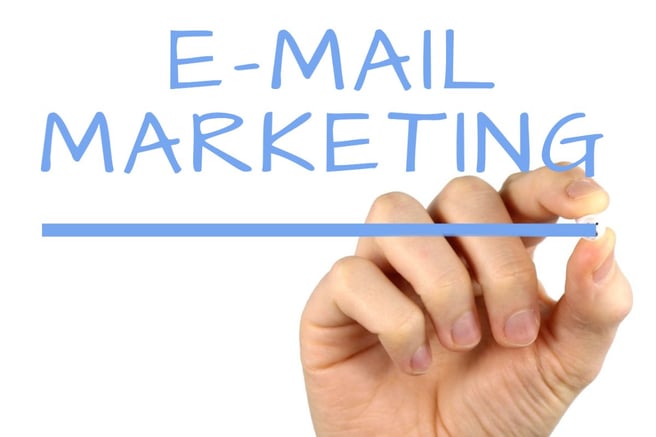Shoestring Email Marketing Ideas for Small Businesses

In a vast, diverse but interconnected digital marketplace, email marketing is the most effective way for a small business to secure more customers. It takes less time and is more cost effective than networking events, direct mail, print advertising or telesales. But it still comes with a cost attached, and many SMEs are – understandably – reluctant to assign precious funds to uncertain marketing activities.
How does a small business get the most value from email marketing, while keeping costs low and ensuring they get the results they need? Is it even possible? Fortunately, in our experience, the answer is: yes, it is. An SME can use email marketing as successful lead generation tool without breaking the bank, but only if certain principles are adhered to. These principles are the focus of this article.
Don’t Try & Be All Things To All People
Faced with a small budget and limited brand recognition, small business email campaigns frequently aim for maximum impact. The temptation is to use email to carpet bomb as many targets within the industry as possible, putting all your cards on the table and relying on a statistical numbers game to bring at least a few new customers through the door. This might work, but you are just as likely to alienate as many people as you attract – and most of these emails will end up as unopened digital files in someone’s spam box.
So instead of being all things to all people, spend some time defining your main customer profiles and focus your email campaign on the most profitable type, i.e. the customer type from whom you get the most conversions. How do you start doing this? Well, first of all start by looking at who your current customers are and the contacts you have within them. Are your contact people mostly Finance Directors, for instance, or are they Purchase Managers, or Engineers? Do you deal directly with decision-makers, or is your content aimed primarily at gatekeepers or middle managers? This will affect your value proposition and the tone of voice you adopt. Getting it right brings a greater chance of success.
These are important questions to ask, because even for B2B businesses, your end customers are not ‘law firms’, or ‘toy manufacturers’, but flesh and blood human beings. These people have ambitions, likes and dislikes. They have a specific role to achieve at work, with a set of problems and irritations that they have to overcome. YOUR job is to help solve these problems and make their life easier, and your emails should show them how you do it.
How To Keep A Lid On Your Email Marketing Budget
Once you get away from the idea of blasting out an offer to all and sundry with the purpose of getting instant sales, you can start addressing the particular needs of particular people. You will find your open rate, click through rate and ROI from email marketing will immediately start improving, as your content becomes more relevant to your target market.
Knowing this won’t automatically make your email marketing more successful, however. You also need to keep a lid on your content costs by focusing on relevancy and value. This is as simple as creating ‘great content’.
‘Great content’ does not have to be all singing, all dancing multimedia emails that cost you a fortune. It just needs to be genuinely valuable, addressing the needs of the people your emails are addressed to. Start by writing some helpful blogs, perhaps answering some frequently asked questions, and use this as the basis of an email campaign. Back it up with some DIY infographics and maybe a couple of videos.
Use Analytics To Assess Your Success Rate
This is step one. You should now use an analytics package to monitor the behaviour of your subscribers. How many people click through to the links in your emails? How many people open an email more than once? How many people share your links on Facebook? People who show these behaviours are demonstrating an interest in what you have to say and offer, so follow it up with some more specific content. You could even try clinching a sales deal by tempting them in with an offer, if you feel they are at a relevant point of the sales funnel.
You don’t have to spend a lot of money on email marketing to make it successful. In our experience as a digital marketing agency, often the most successful campaigns are the most simple. Success or failure depends on how well you can connect with your target market and progressively nurture your leads through to conversion. Chat with one of our marketing specialists at JDR today, and let’s develop an email marketing strategy for your business that saves money and delivers the results you need.


